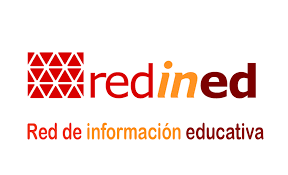The Schooling of Gypsy Children: a Challenge and a Paradigm for Intercultural Education
Abstract
The gypsy case is highly revealing of the function and dysfunction related to educational policies and practices within the European context. The Gypsies, a transactional minority of about 8/10 million people in Europe, half of which are in their school age, represent for the development of an intercultural education a good bet, a challenge, and a paradigm that may become a source of inspiration for the management of schools with cultural diversity and a pluralism that develop due to the conjunction of two current tendencies, that of migration and that of an emergence of minorities. After the European context has been de- fi ned, a frame of reference initiated by the Council of Europe and the European Union will be presented, as well as both some of the main topics that arise currently at schools, and the working prospects that may follow for the development of an intercultural education.Downloads
Original work publishes in this journal is subject to the following terms:
1. Murcia University Press (the publishing house) holds the copyright of the publishes work, and favours and allows their reutilization under the use license stated in point 2.
© Servicio de Publicaciones, Universidad de Murcia, 2015
2. Work is published in the electronic edition under a license (Creative Commons Reconocimiento-NoComercial-SinObraDerivada 4.0 España (legal text). They can be copied, used, disseminated, transmitted and publicly presented, as long as: i) authorship and original publication source is acknowledged (journal, publishing house and URL of the work); ii) are not used for commercial purposes; iii) the existence and specifications of this use license is stated.
3. Conditions for self-archive. Authors are allowed and encouraged to disseminate electronically the pre-pint (before review) and/or post-print (accepted for publication) versions of their work before their publication since that favours earlier circulation and dissemination resulting in an increased chance for the authors to be cited and for the work to reach a bigger share of the academic community. Colour: RoMEO: green.







